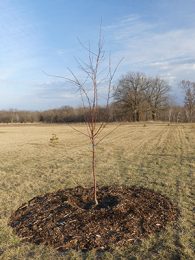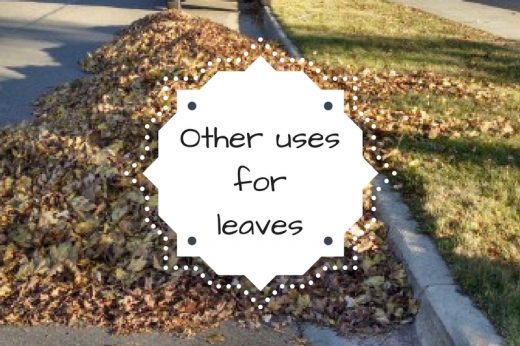After harvest, many producers might head to the field for deep tillage such as ripping, or to make earthwork repairs around the farm. A few days before you want to start these activities, it’s worth a call to 811 for your safety and to prevent expensive damage to underground utilities. The website http://call811.com has easy-to-follow instructions for requesting this free service and detailed information concerning why you need to know what’s below.
Sadly, fatal accidents do happen in soil excavations. If you dig any trenches or soil pits, safety should be considered from the very beginning of the project. Soils with sandy textures are more susceptible to a collapse than soils with a higher clay content. If standing water is present in the pit, the walls are more apt to collapse.
There are Occupational Safety and Health Administration (OSHA) guidelines on excavation safety, such as when it is necessary to shore the walls of a soil pit or trench. One important consideration is soil should be piled a minimum of 2 feet away from the walls of the trenches for two reasons:
- Soil clods or excavating tools could roll back into the trench and cause injury to occupants.
- Reduces the risk of a trench collapse by keeping the weight of the soil piles away from the trench edges.
Even if a soil pit is 4 feet deep or less, it is a good idea to angle the edges of the soil pit. This does create more disturbance, but if it prevents an accident, it’s worth it.
For more information on trenching and excavation safety, see the following OSHA publication:“Trenching and Excavation Safety”, https://www.osha.gov/Publications/osha2226.pdf
 We all know how unpredictable the weather is in Kansas. This week it’s hot, last week it was wet, next week is supposed to be dry, so it goes on. What happens if it gets too dry? Even in the winter moisture is important! It is important that perennial plants go into the winter with moist soil. Watering now is important if soils are dry to help alleviate moisture stress and lessen the likelihood of winter damage.
We all know how unpredictable the weather is in Kansas. This week it’s hot, last week it was wet, next week is supposed to be dry, so it goes on. What happens if it gets too dry? Even in the winter moisture is important! It is important that perennial plants go into the winter with moist soil. Watering now is important if soils are dry to help alleviate moisture stress and lessen the likelihood of winter damage.




